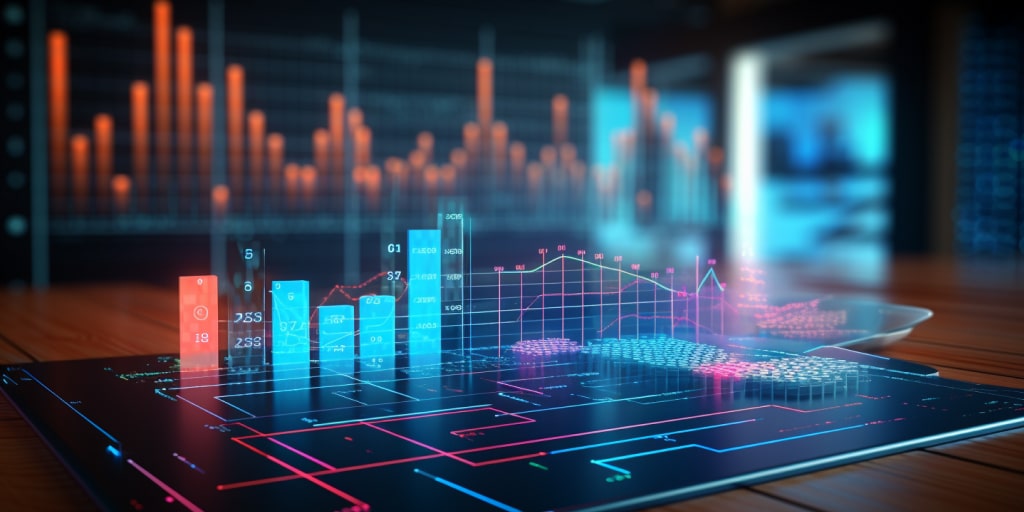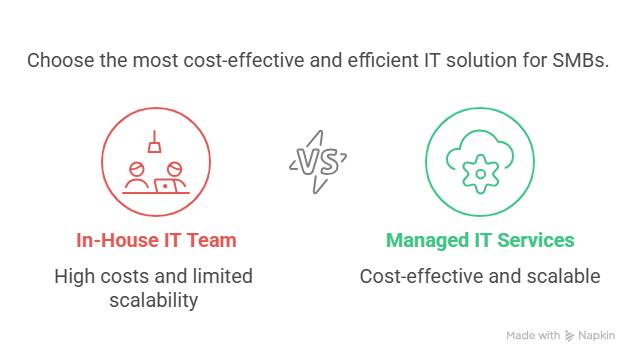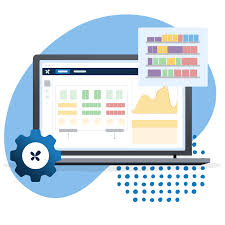Data and Analytics Services: Driving Modern Business Intelligence

Strong 8k brings an ultra-HD IPTV experience to your living room and your pocket.
As organizations generate and collect more data than ever before, the ability to harness this data effectively has become essential. This is where data and analytics services come into play. These services enable businesses to collect, process, analyze, and visualize data to uncover actionable insights, improve operational efficiency, and make smarter decisions.
Understanding Data and Analytics Services
Data and analytics services encompass a wide range of solutions aimed at managing data and transforming it into meaningful insights. These services are typically offered by specialized firms or in-house teams and can include everything from data storage and management to complex predictive analytics and artificial intelligence.
Key Components
Data Collection and Integration: Gathering data from various sources such as customer interactions, social media, IoT devices, internal systems, and third-party databases.
Data Management: Ensuring the quality, accuracy, and security of data through processes like data cleansing, normalization, and governance.
Data Warehousing: Storing data in structured formats that allow for efficient querying and analysis.
Business Intelligence (BI): Tools and platforms that offer data visualization, reporting, and dashboard creation.
Advanced Analytics: Includes statistical modeling, machine learning, and predictive analytics to forecast trends and identify patterns.
Data Strategy and Consulting: Strategic planning to align data initiatives with business goals, often provided by consultants or third-party vendors.
Why Data and Analytics Services Matter
Organizations across all industries face mounting pressure to become data-driven. Whether it’s understanding customer behavior, optimizing supply chains, or detecting fraud, data plays a critical role in decision-making. Here’s why data and analytics services are crucial:
1. Improved Decision-Making
Analytics empowers organizations to make decisions based on evidence rather than intuition. Real-time dashboards and reports provide leaders with up-to-date insights, helping them to respond quickly to changes in the market.
2. Operational Efficiency
By analyzing operational data, companies can identify inefficiencies, reduce costs, and streamline processes. Predictive maintenance, for example, helps manufacturers avoid costly downtime by identifying when machines are likely to fail.
3. Customer Insights
Understanding customer behavior is vital for creating personalized experiences. Data analytics allows companies to segment their customers, tailor marketing campaigns, and increase engagement and retention.
4. Risk Management
Data analytics plays a crucial role in identifying potential risks. Financial institutions, for instance, use analytics to detect fraudulent activities or assess creditworthiness.
5. Innovation and Growth
Advanced analytics can uncover new business opportunities, such as emerging market trends or unmet customer needs, driving innovation and product development.
Types of Data and Analytics Services
Depending on an organization’s needs, different types of analytics services may be employed:
1. Descriptive Analytics
Descriptive analytics answers the question: What happened? It involves summarizing past data using dashboards and reports. This type of analytics is foundational for understanding historical performance.
2. Diagnostic Analytics
This level goes a step further by asking: Why did it happen? Diagnostic analytics uses data mining and correlation techniques to uncover the root causes of issues or trends.
3. Predictive Analytics
Predictive analytics seeks to answer: What is likely to happen? By using statistical models and machine learning, organizations can forecast future trends, customer behaviors, or market shifts.
4. Prescriptive Analytics
Prescriptive analytics provides recommendations on what to do next. It uses optimization algorithms and simulations to suggest the best course of action for achieving desired outcomes.
5. Cognitive Analytics
This is an emerging area where artificial intelligence mimics human reasoning. It includes technologies like natural language processing and computer vision to interpret unstructured data like text, images, and speech.
Use Cases Across Industries
Data and analytics services are transforming nearly every industry:
Retail
Personalized Marketing: Retailers analyze purchase history and customer preferences to deliver tailored promotions.
Inventory Management: Predictive analytics helps optimize stock levels and reduce waste.
Healthcare
Patient Care: Predictive models can forecast patient readmissions or identify individuals at high risk for certain diseases.
Operational Efficiency: Data analytics improves scheduling, staffing, and resource allocation.
Finance
Fraud Detection: Real-time analytics identifies suspicious activities and anomalies in financial transactions.
Risk Assessment: Banks and insurers use data to assess credit risks and tailor products to customer profiles.
Manufacturing
Predictive Maintenance: IoT sensors and analytics detect early signs of equipment failure.
Supply Chain Optimization: Analytics ensures timely procurement and distribution of materials.
Government
Smart Cities: Data from sensors and citizen feedback helps manage traffic, waste, and energy usage.
Public Health: Analytics tracks disease outbreaks and supports resource planning.
Tools and Technologies
A variety of tools power data and analytics services, including:
Data Warehousing Platforms: Amazon Redshift, Snowflake, Google BigQuery
Business Intelligence Tools: Tableau, Power BI, QlikView
Big Data Frameworks: Apache Hadoop, Apache Spark
Machine Learning Platforms: TensorFlow, Scikit-learn, AWS SageMaker
Data Integration Tools: Talend, Informatica, Apache NiFi
Cloud-based analytics platforms like Microsoft Azure, Google Cloud, and AWS have made it easier and more cost-effective for organizations to scale their data operations.
Challenges in Data and Analytics
Despite its advantages, implementing data and analytics services comes with challenges:
Data Silos: Data scattered across departments can hinder comprehensive analysis.
Data Quality: Inaccurate or incomplete data leads to misleading insights.
Privacy and Compliance: Adhering to regulations like GDPR and CCPA is critical when handling personal data.
Talent Shortage: Skilled data scientists and engineers are in high demand.
Change Management: Encouraging a data-driven culture requires organizational commitment and training.
Future Trends
The future of data and analytics is promising, with several emerging trends on the horizon:
AI-Powered Analytics: More organizations are embedding AI in their analytics workflows for deeper insights.
Augmented Analytics: Automated data preparation and insight generation will empower non-technical users.
Edge Analytics: Analyzing data at the source (e.g., IoT devices) will reduce latency and improve real-time decisions.
Data Democratization: Self-service analytics platforms will allow more employees to explore data independently.
Privacy-Preserving Analytics: Techniques like differential privacy and federated learning will ensure data security while enabling analysis.
Conclusion
Data and analytics services are no longer optional—they are a necessity for businesses seeking to thrive in a competitive and rapidly changing environment. By leveraging data effectively, organizations can make informed decisions, improve efficiency, enhance customer experiences, and uncover new opportunities. As technology continues to evolve, those who invest in a strong data and analytics strategy today will be well-positioned for success tomorrow.
Note: IndiBlogHub features both user-submitted and editorial content. We do not verify third-party contributions. Read our Disclaimer and Privacy Policyfor details.







